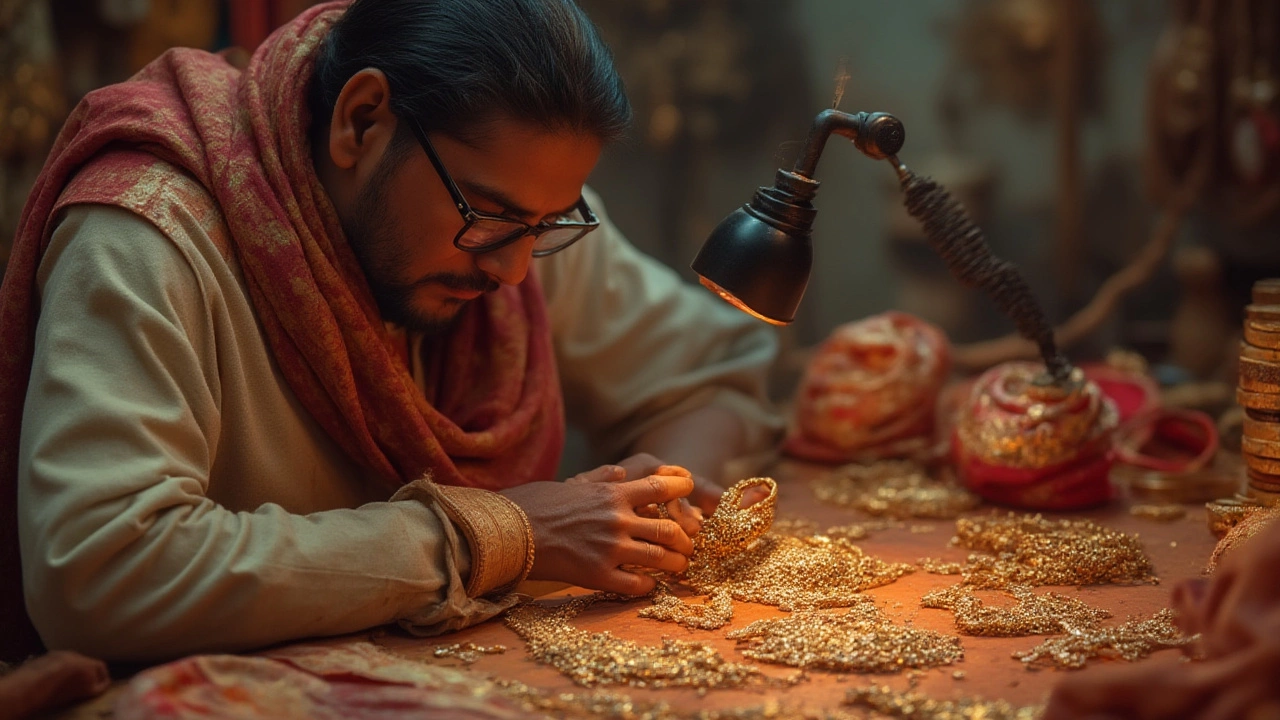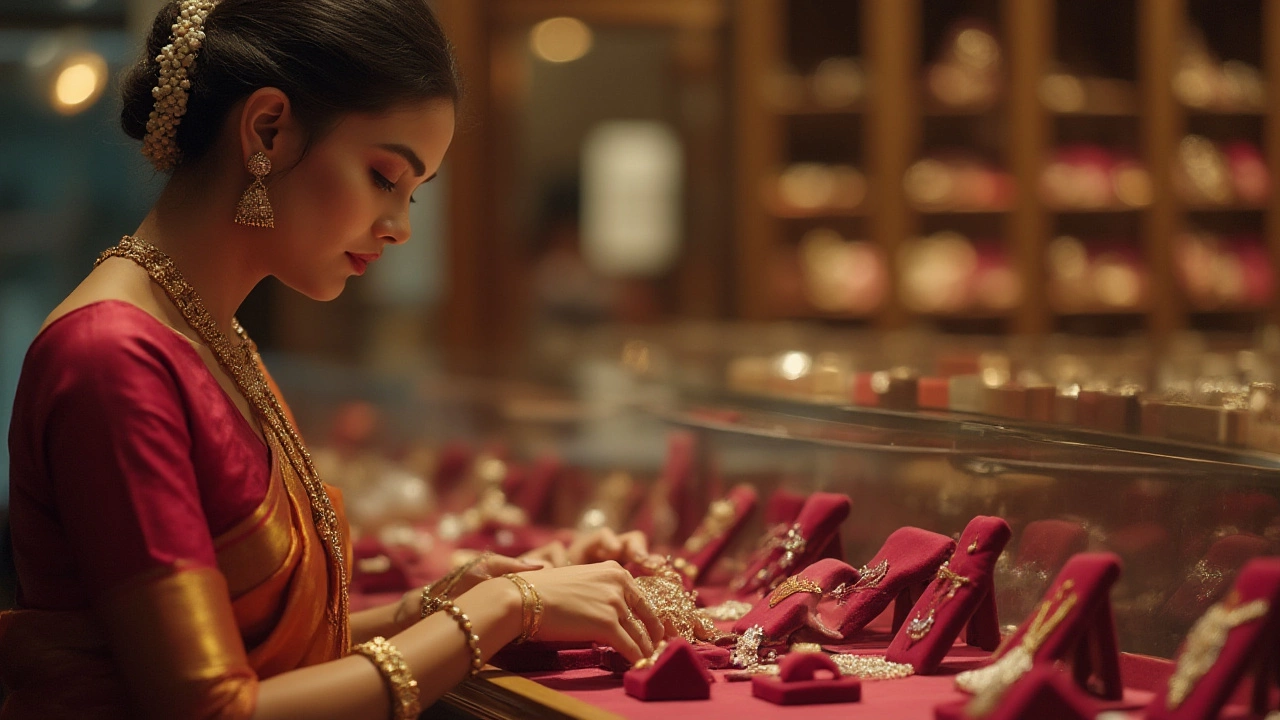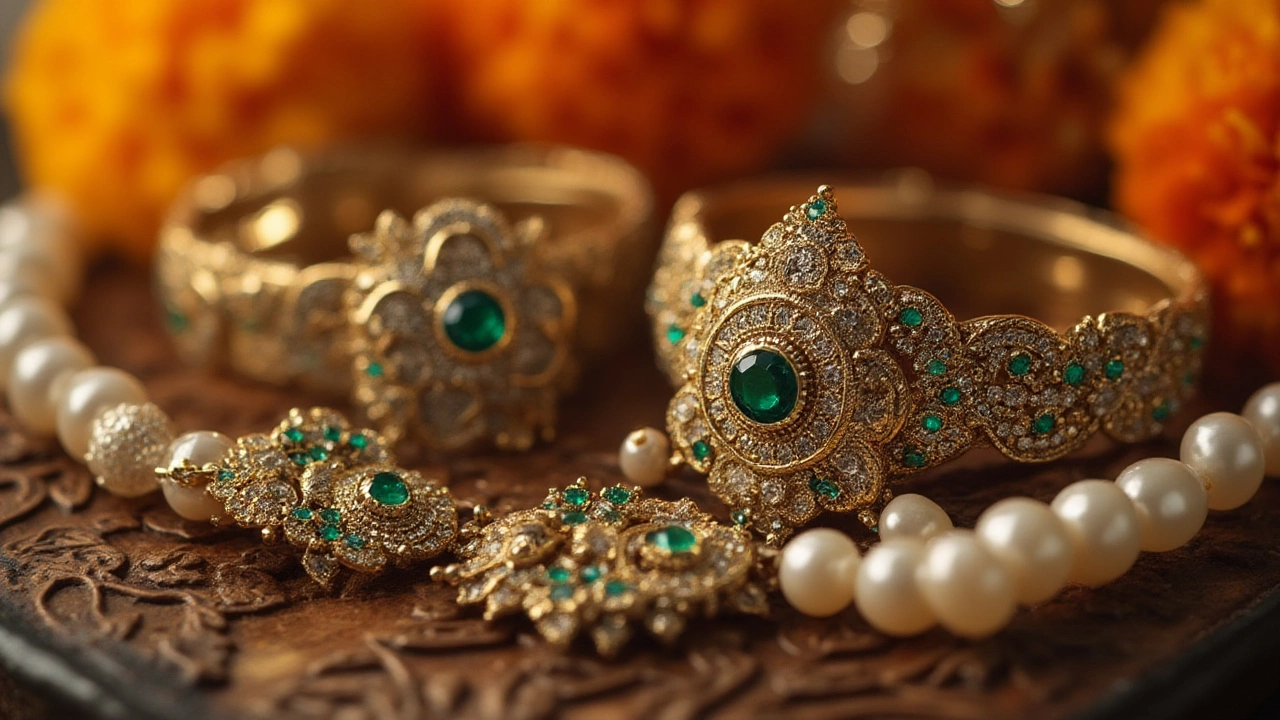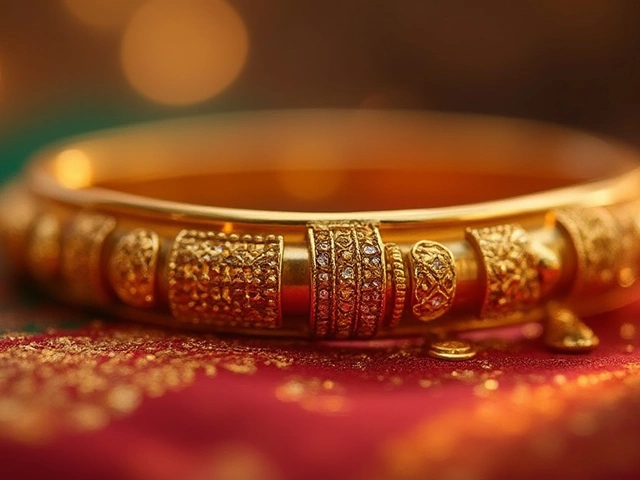
Picture this: you’re in a glittering boutique with rows of shining necklaces, each one catching the light and winking at you. But sparkling does not always equal quality. Ever wondered how those ‘high-end’ pieces on display actually compare? Most of us see gems and gold behind glass and think, “Wow, must be the best!” Yet, quality in jewelry is slippery—far more complicated than just a big price tag or fancy brand. Curious about what makes a piece truly first-class? Here’s what really counts.
Understanding What 'Highest Quality Jewelry' Means
When you hear "highest quality jewelry," what comes to mind? Usually, it's words like ‘luxury,’ ‘precision,’ or ‘flawless.’ But behind the marketing, what actually defines top-tier jewelry? To start, the industry judges quality using three main things: materials, craftsmanship, and authenticity. For example, solid gold (not plated), platinum, and rare palladium are considered the platinum standard. Nothing screams quality like an 18-carat gold ring or a platinum chain. Curious about gemstones? It’s not just about a diamond’s sparkle, but its clarity, cut, carat, and color (known as the Four Cs). The closer a stone is to perfect, the higher the price, and, generally, the quality. Yet, even with all that, a bad setting can cheapen even the finest gem. That’s where craftsmanship comes in—the skill of the jeweler. Imagine someone spending hours, sometimes days, setting stones, soldering, and polishing with incredible accuracy. Tiny details separate top pieces from bulk-produced baubles. Want a time-tested fact? Artisans in high-end houses like Cartier or Tiffany & Co. often average one to two days just finishing a single engagement ring. That’s before it ever meets a customer. All this comes down to a simple truth: quality is a mix of killer materials and mind-blowing working skills.
Materials That Define Fine Jewelry
Here’s the bottom line—without the right foundation, you can’t build a great piece of jewelry. Precious metals are king. Pure gold is too soft for daily wear, which is why most fine pieces use 18k gold (75% gold and 25% alloys). Platinum beats gold in strength, making it a popular choice for settings that need to last generations. Curious about silver? Sterling silver (92.5% silver, 7.5% alloys) is beautiful, but it scratches and tarnishes easier. For gems, diamonds set the highest standard due to their legendary hardness—a 10 on the Mohs scale. But sapphires, rubies, and emeralds aren’t just pretty faces—they’re ranked for toughness, color, origin, and absence of treatments. For example, an untreated, vivid pigeon blood ruby from Myanmar can fetch more per carat than most diamonds. Another top pick: South Sea pearls, which form in rare, giant oysters and develop the thickest, most lustrous nacre. There’s a reason why only 1 in every 10,000 wild oysters produces a pearl of value. Want numbers? According to the Rapaport Price List, which is the global diamond price standard, a high-quality 1-carat D-color, flawless diamond went on record in June 2024 at AUD 24,000. So, quality in jewelry isn’t just about flash—it’s about what’s inside and where it comes from. That’s what sets professionals apart from fast-fashion chains.

How Expert Craftsmanship Elevates Jewelry
Fancy stones and pure metals do set the stage, but craftsmanship steals the show. Even the priciest stones look average when the work is sloppy. Skilled jewelers have a magic touch: their settings are seamless, claws are secure, and symmetry is flawless. Notice the tiny engravings or how a stone ‘floats’ in its setting? That’s the mark of a pro. Let’s get into the nitty-gritty—how can you spot masterful work? The joints and solder marks nearly vanish. Claws grasp stones securely but never obscure them. The back of the piece is just as smooth and neat as the front, and there are no rough edges that’ll catch your clothes. Ever checked the inside of an expensive ring? You’ll find the maker’s hallmark, gold purity stamp, and laser-sharp details.
If you’ve ever heard of invisible setting (where stones seem to float together), there’s a reason it’s a big deal—it takes an insane level of skill. Some settings take more than 50 steps, each demanding attention to detail. One quality-controlled jeweler in Sydney swears by a microscope for every step, ensuring not even a hairline crack slips through. The world’s greatest jewelers blend new technology (like laser welding) with old-school handwork. “The devil is in the details,” as the old saying goes. If you own a piece with millgrain (that delicate beading along the edge), that’s often done by hand. Every precious piece survives decades, or even centuries, if made right. It’s why some antique jewelry from Victorian England or Mughal India turns up in mint shape at auctions today.
Identifying Quality: What to Look For When You Buy
The world of jewelry is a jungle. It’s packed with lovely fakes, misleading labels, and stuff that looks premium but isn’t. Spotting top-notch jewelry takes practice, but a few simple tips go a long way. First—check for hallmarks. Authentic gold and platinum will be stamped with purity marks (like “750” for 18k gold, “950” for platinum). If your piece has stones, get a jeweler’s loupe and check the prongs and setting. Are the claws even? Is there any glue? Real fine gems are set, not glued. Look for sharp edges or loose settings—warning signs of rushed work.
Ever heard of GIA or IGI? They’re global heavyweights in gem grading and certification. Top pieces will come with certificates, especially diamonds or colored stones, detailing all specifics of size, color, cut, and origin. If there’s no certificate for a pricey stone, walk away. Ask the seller if repairs or resizing were done in-house—the best shops do their own work instead of outsourcing. Run your fingers along the jewelry for hidden roughness or poor solder spots. Jewelry with pearls? High-quality beads will all have similar shape, lustre, and no visible lines or pits. When exploring gold, don’t believe inflated karat ratings. Gold above 24k is extremely rare—and frankly, impractical for anything but collecting. If the price seems too good, it’s probably a trap. In Sydney, consumer authorities received nearly 1,200 complaints about fake jewelry labels in 2024; don’t be a statistic.

High-Quality Jewelry: Value, Rarity, and Investment
So, you’re thinking about shelling out real money for the crème de la crème. What’s your end game? Honestly, fine jewelry is much more than just a pretty accessory—it can be an investment, a family heirloom, or a slice of culture. Why does a vintage Art Deco diamond bracelet sell for more than a fancy new designer piece? You’re paying for rarity, age, and a story. Rarity is about more than diamonds—certain natural sapphires from Kashmir or Burmese jadeite command wild prices simply because new finds are scarce or mines are closed.
Investment potential is tricky, though. Only jewelry that hits the holy trinity—provenance, intrinsic material value, and unflawed craftsmanship—really holds or increases in worth. Here’s a quick look at typical value drivers in fine jewelry:
| Factor | Influence on Value |
|---|---|
| Material Purity | Higher purity = higher base value |
| Gem Rarity | Rare origins/treatments boost price |
| Craftsmanship | Masterful work stands out long-term |
| Documentation | GIA/IGI docs increase resale value |
| Provenance | Historic/signature pieces always win |
If you’re after value, stick to classic styles. Trends fade, but the simple solitaire, natural pearls, or traditional platinum band last. Another smart tip: keep all boxes, certificates, and receipts—provenance can boost value when you resell or have your piece appraised. And, speaking of appraisals, get one every 3-5 years; the Australian market saw a 14% jump in high-end jewelry valuations between 2022 and 2024. So, while super trendy or blingy pieces can attract attention, the real secret to high-quality jewelry is timelessness, craftsmanship, and authenticity. Choose wisely, and you’ll own something far more precious than what meets the eye—including a solid piece of personal history.


